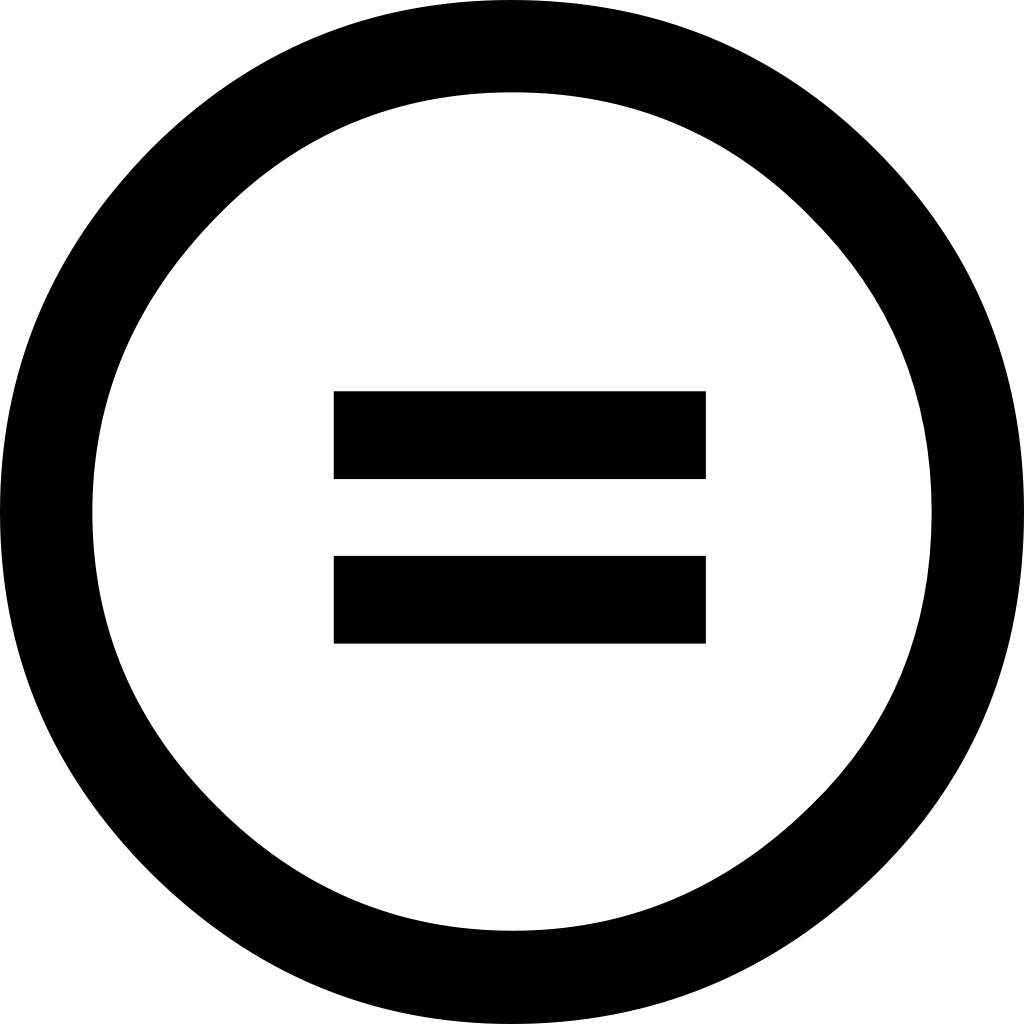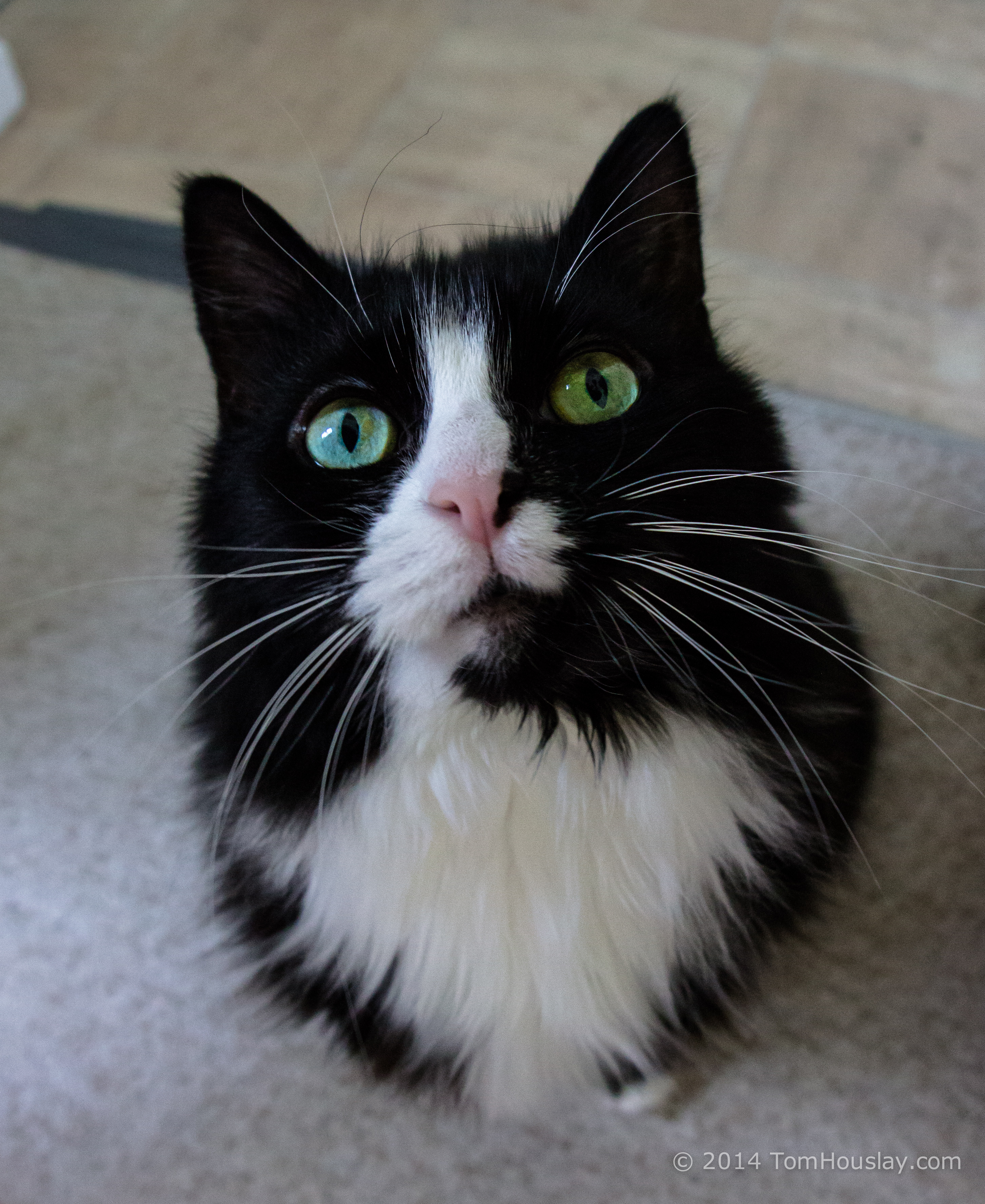Creative Commons is an alternative licensing copyright scheme. While traditional copyright, broadly speaking, bars any substantial reproduction unless permission is obtained, Creative Commons licensing offers a “sliding scale” of permissions, which you, as a copyright holder, can adapt to your needs. Documents licensed under Creative Commons offer a wide range of materials which professors can use in their courses, and students can use in their assignments – articles, charts, images, etc. – all without having to request permission.
The easiest way to find documents licensed under Creative Commons is to do a web search which includes the words “creative commons” (include the quotation marks). Creative Commons also provides a more targeted search tool on their site.







